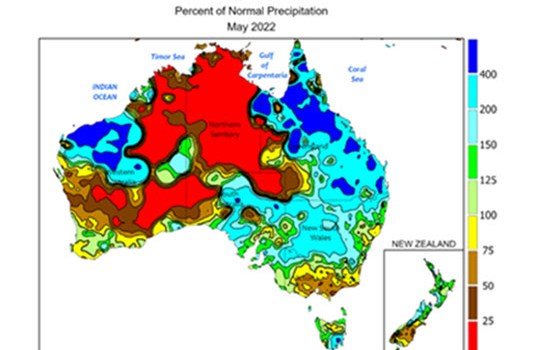
1. Personal finance
The most obvious place to start is with something we all have to deal with – money. Arithmetic skills are important for creating a budget, making a savings plan or working out whether something we want to buy really is a bargain. If we understand percentages, for example, we can work out the real cost of a credit card, online payment platform or loan, or the potential return on an investment.
2. The built environment
All the buildings, roads, bridges, transport systems and other structures around us are part of the built environment – and they’re all built on maths. Architects use geometry, algebra and trigonometry to design buildings that are aesthetically pleasing and structurally sound. Construction engineers use calculus and statistical methods to ensure that large structures such as bridges and towers stay standing up. And builders need maths skills to work out the quantity of concrete, timber and steel they will need.

5. Weather and climate
Meteorologists use statistical modelling to predict future temperatures, rainfall, humidity and other weather conditions. Climate scientists use mathematical skills like differential equations to model different climate change scenarios using historical data. Maths can also be used to predict natural disasters such as tsunamis, earthquakes and bushfires – and insurers use this information to assess risk and set their premium prices.
6. The internet
Has your child ever wondered how Google finds search results so quickly, how Netflix knows which shows they might like, or how YouTube targets ads? Social media, streaming services and search technologies use algorithms to learn more about you and tailor their offerings (and ads!) to what you or your child is likely to be interested in, or what they know about their demographics. Algorithms are sets of instructions that tell computers how to find relevant items in massive amounts of data. Websites take whatever information they have about the user and match it with what’s in their database to deliver the content the user is most likely to want.
